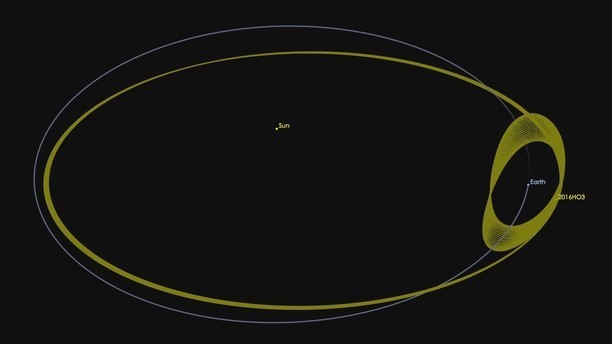This week in science is a review of the most interesting scientific news of the past week.
Photon superconductivity
Superconductivity is a condensed matter phenomenon that relies on the formation of ‘Cooper pairs’ of electrons. When such a pair is formed, one electron stabilizes the other’s path, which allows electricity to flow without resistance. Even though it seems to be something distant from reality, superconductivity is responsible for revolutionizing medicine, travel, and science through the development of powerful magnets, which are used in medical scanners, particle accelerators, wind turbines, and magnetically levitated trains.
But now, physicists from Brazil have found evidence that photons can form similar pairs at room temperature, according to a paper accepted for publication in the scientific journal Physical Review Letters. The work is a collaboration between researchers from the Federal University of Minas Gerais (UFMG) in Belo Horizonte, Brazil, and the Federal University of Rio de Janeiro (UFRJ), led by Professor Ado Jorio (UFMG) and Professor Belita Koiller (UFRJ). As stated by Nick Vamivakas, from the University of Rochester, New York, and who was not involved with the research:
This is really exciting work. It’s a beautiful connection between light scattering, condensed-matter physics and quantum optics.
The formation of pairs of photons occurs when light passes through a range of transparent liquids, including water, at room temperature. But for now, the scientists were able to detect only a tiny signal of the formation of the pair. Even though it is currently difficult to observe the phenomenon, the scientists from UFRJ have also shown mathematically that if photons interact via virtual phonons, such as electrons in superconductors, they would behave like Cooper pairs in superconductors.
In fact, the discovery was only possible because it didn't require any complicated experimental set-up. Unfortunately, funding for science in Brazil has been cut by 60% since 2013, leaving many laboratories unable to sustain their equipment.
Quantum optics and condensed matter physicists are now wondering how far the analogy with superconductivity can be taken. Since photons interact far less with their environment than electrons do, it is not yet possible to affirm if all effects created by Cooper pairs could be achieved using photons. Either way, there is already speculation about how light ‘supercurrents’ might behave, and how they might be used, and of possible applications to quantum communication, cryptography and computing.
Source: Nature

Scientists have seen the collision of neutron stars for the first time
Neutron stars are the densest visible objects in the universe, but even though we can detect them, our civilization has never captured the collision of two neutron stars. Differing from the collision of two black holes, as already detected by the Laser Interferometer Gravitational-Wave Observatory, or LIGO, a collision of two neutron stars is expected to send throughout space not only gravitational waves, but also electromagnetic radiation, including visible light.
It was August 17 when LIGO sent an automated alert announcing the detection of a passing gravitational wave that was consistent with the expected signal for the collision of two neutron stars, a kilonova. The alert spread through scientific channels and just two seconds after the LIGO detection, the Fermi Gamma-Ray Space Telescope recorded a brief flash of gamma rays, which also lasted for only about two seconds, confirming the signals were in fact from the collision of two neutron stars.

Because the Virgo interferometer in Europe was also functioning, it was possible to determine where the signals were coming from: the Hydra constellation. By knowing the location of the collision, other research teams around the world were able to point their telescopes to the region to also capture the event. In the end, it was one of the most observed events in the recent history of astronomy.
After analyzing the data, several papers were published in scientific journals on topics including nuclear physics and cosmology. One paper published in Astrophysical Journal Letters has about 4,000 authors! Finally, don’t forget to check the following video from The New York Times, created by Robin Dienel and the Carnegie Institution for Science.
Source: The New York Times
Earth’s temporary moon is an asteroid
Since April 2016, when it was first detected as a distant object that seemed to be orbiting the sun, (469219) 2016 HO3 has been intriguing astronomers around the world. Some were speculating it could be space junk, while others have affirmed it was nothing more than an asteroid.
This week, scientists from the University of Arizona’s Lunar and Planetary Laboratory have confirmed that the object (469219) 2016 HO3 is, in fact, an asteroid. Also, while it does orbit the sun, the object also orbits Earth as a sort of “quasi-satellite”, as can be seen from the video below from NASA Jet Propulsion Laboratory.
According to Vishnu Reddy, leader of the team that made the discovery, the main challenges for studying the object were its periodic rotation of only 28 minutes and its small size. Finally, HO3 is the most stable among five quasi-satellite discovered to date.
Source: Universe Today


















4 Comments - Add comment